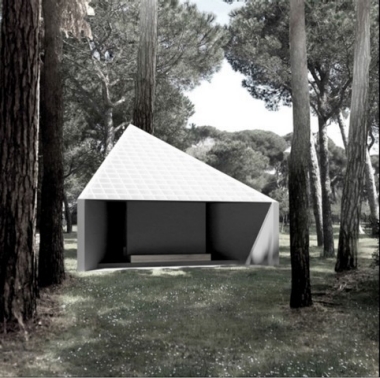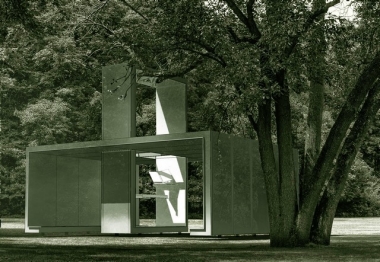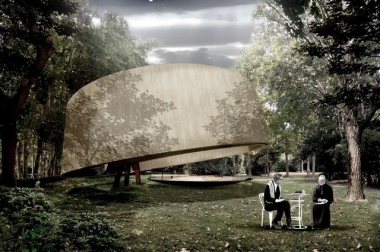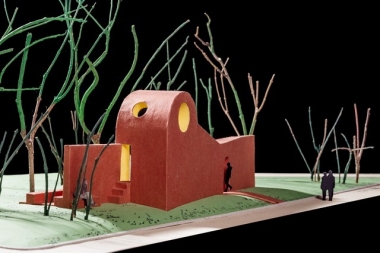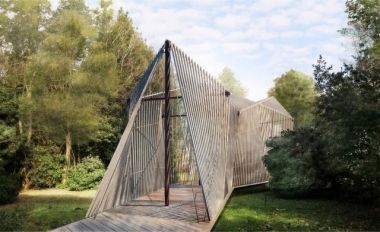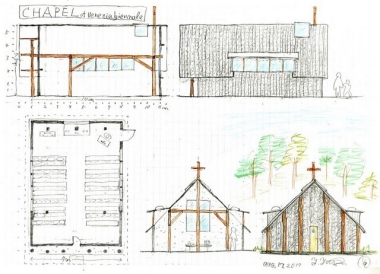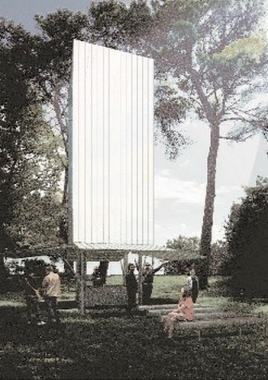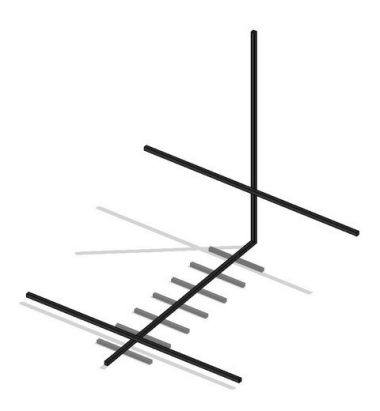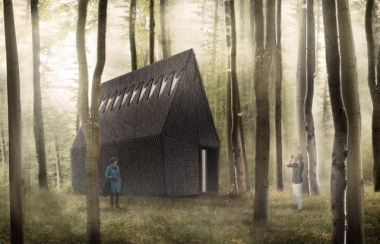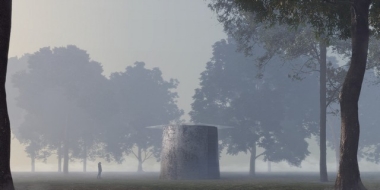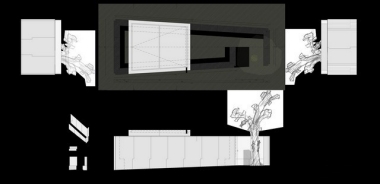Biennale Architettura
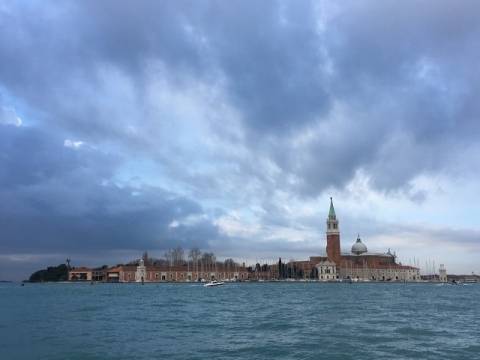 The Island of San Giorgio Maggiore
The Island of San Giorgio Maggiore
After the experiences of 2013 and 2015 at the Biennale Arte, the Holy See participates for the first time at the Venice Biennale Architettura with a pavilion spread through the picturesque wood on the island of San Giorgio Maggiore.
Promoted by Cardinal Gianfranco Ravasi, coordinated by the Pontifical Council for Culture, curated by Prof. Francesco Dal Co and Dott.ssa Micol Forti, the project is inspired by Gunnar Asplund’s 1920 Woodland Chapel in the cemetery of Stockholm.
Architects with proven experience and different backgrounds propose and create ten chapels, investigating the possibilities offered by different materials. In designing and constructing the chapels, particular attention is given to the possibility of reusing them after the exhibition, as well as to protecting and respecting the surrounding natural space.
From Italy, Spain, Portugal, Great Britain, USA, Australia, Brazil, Japan, Chile / Serbia and Paraguay, architects adopt a new building style; chapels are usually identified as part of a larger religious space and worship environment, such as a church or cathedral, but here the chapels will be isolated and placed in a natural, abstract environment – a wood – that is a metaphor for the meandering of life.
The event is open to the public May 26 - November 25. Among the connected initiatives, see the event organized by the Courtyard of the Gentiles due to take place September 21: four internationally renowned architects discuss with the general public showing how fruitful dialogue between architecture and spirituality can be, and also investigating how to interpret the message contained in Pope Francis’ encyclical Laudato Si’.
A presentation to the press took place March 20. While Cardinal Ravasi spoke freely, a similar text is available here . An overview of the projects and the architects appears below:
















































